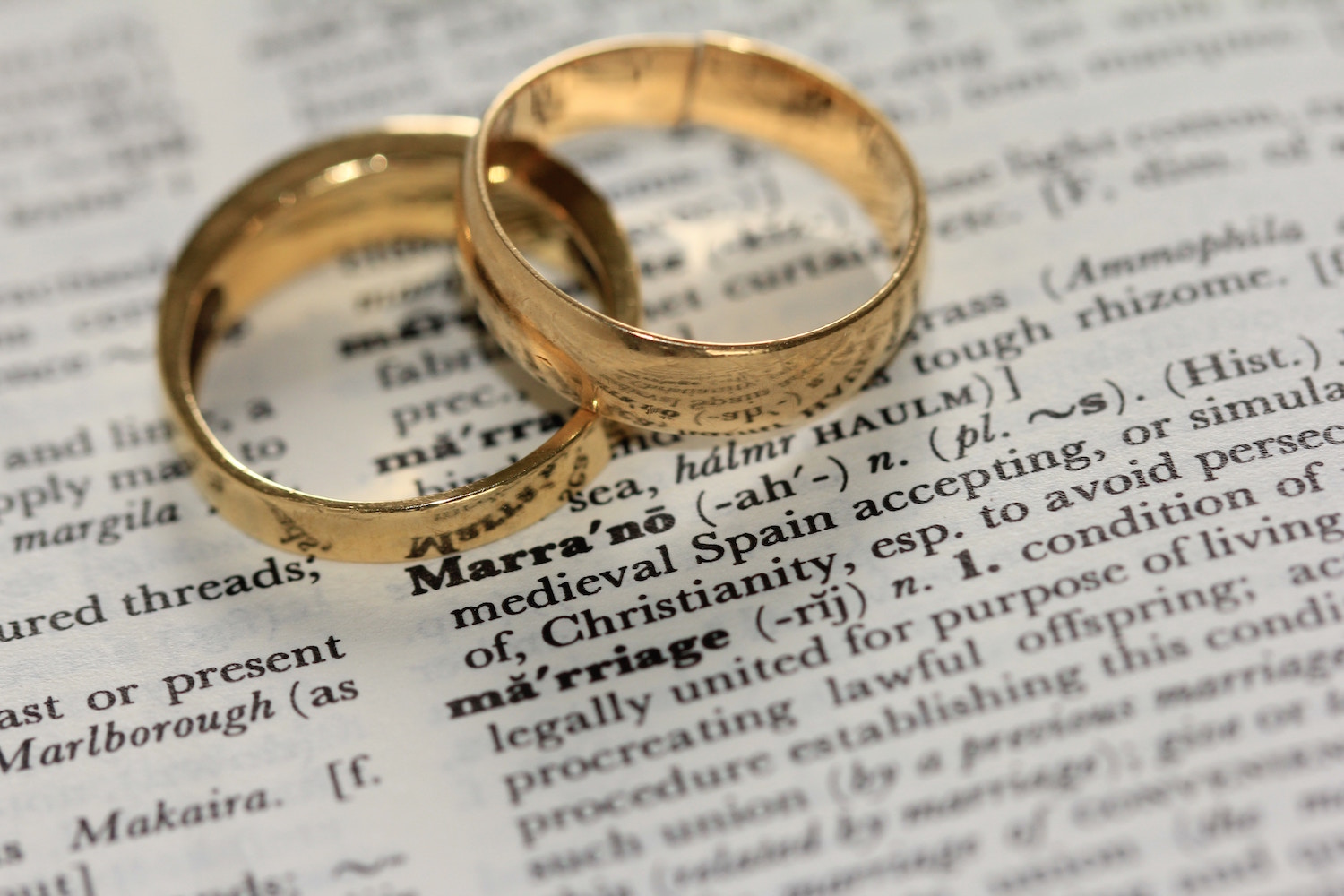

Happy Pride month everyone! One of the first questions many of my same sex wedding couples ask me is whether there is any special etiquette when it comes to their invitations. After all, invitation wording can be tricky for all couples, especially when you have to consider complicated family dynamics. Your invitation is the first impression guests will get of your wedding. It sets the tone in terms of style and formality and should help your guests to feel taken care of. So it’s important to get it right! Here are my top tips for same sex wedding invitation wording.
Name Order
One of the biggest questions is which of the couple’s names to put first on the invitation. Traditionally, the bride’s name appeared first, but what happens when you have two brides or no brides? If one set of parents is hosting the event, then their child’s name should go first. Otherwise, you can either go alphabetically or in whichever order sounds right. For example, if people know you as “Jane and Holly” instead of “Holly and Jane”, then you might want to stick to that order. It’s completely up to you!
Family Ties
The etiquette rules for LGBTQ couples are almost exactly the same as they are for straight couples, when it comes to mentioning your families. Traditionally, the wedding was paid for by the bride’s family, so their names appeared first. Nowadays, couples often pay for their own weddings, so a more contemporary wording is often chosen. For example: “James and Michael request the pleasure of your company as they exchange wedding vows”.
If one or both families are contributing to your wedding, they should be mentioned on the invitation. Their names can either go first (i.e. [parents’ names] and [parents’ names] request the honor of your presence as their children marry…) or follow the couple’s names (i.e. “James and Michael, along with their parents/families, request the honor of your presence”).
Of course, there are many variations, depending on whose parents are married or divorced, for example. Simply keep in mind who is hosting the event, where it is being held, and how formal you would like the wording to be. Then do what is right for your family dynamics.
Non-binary Unions
Marriage terms are pretty gendered, and you may not wish to identify yourselves as ‘bride’ or ‘groom’ or ‘Mr.’ or ‘Mrs.’. Your invitations (and inclusions like RSVP and information cards) are a good place to give your guests a heads up on your preference, whatever that is. For example, you could use the gender neutral Mx. Or you might refer to yourselves as “brides Holly and Jane” or “partners Holly and Jane” or “spouses Holly and Jane.” The good news is the rules are going out the window. If you want some formality and tradition to your invitation, keep in mind some of these tips, but in the end, do what feels right to you.
Ultimately, it’s your wedding, so make your invitations work for you!
xoxo,
Mindy



